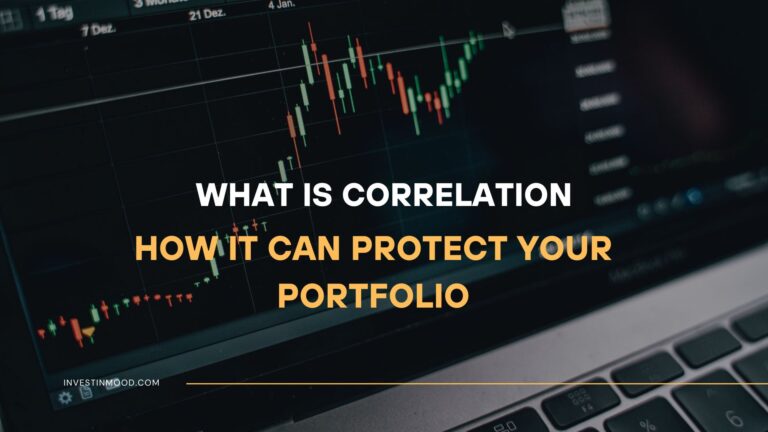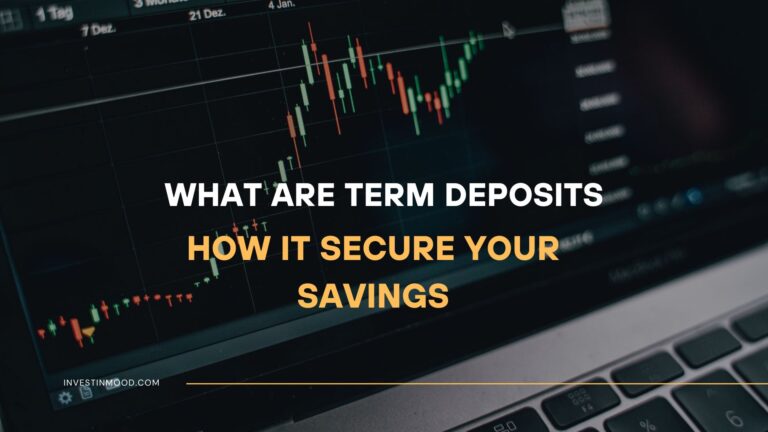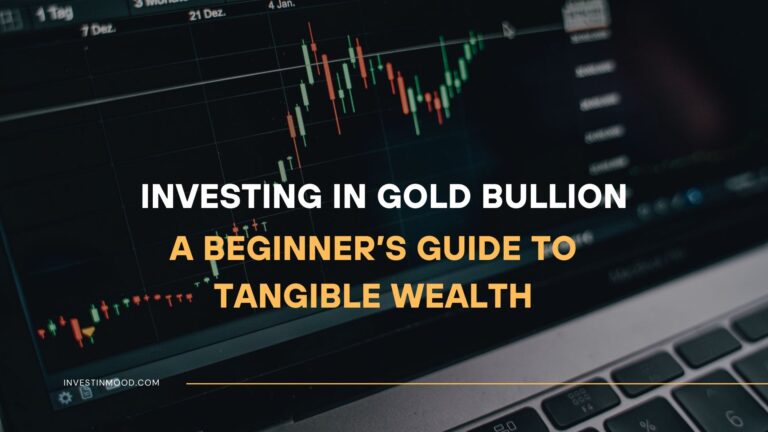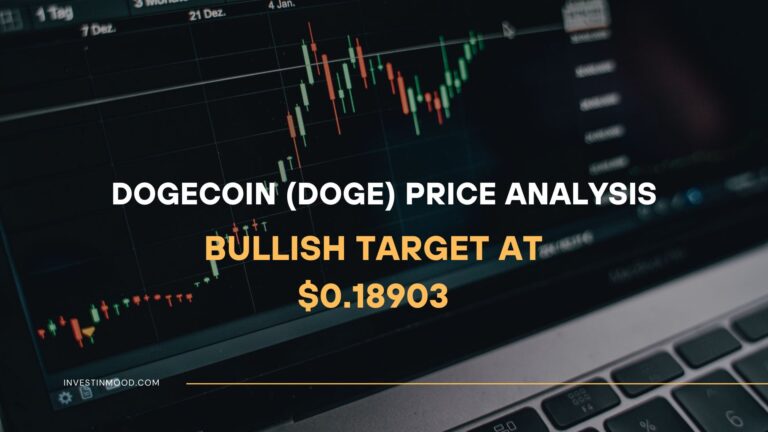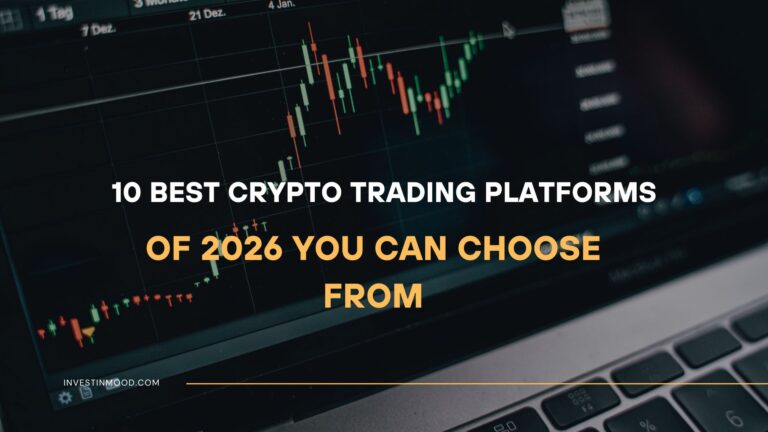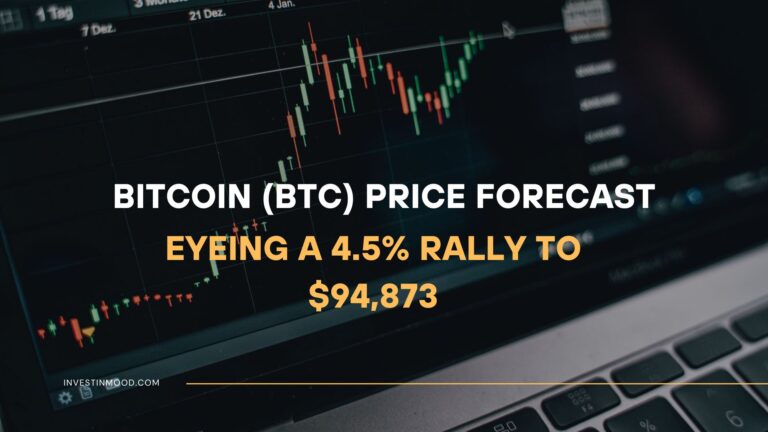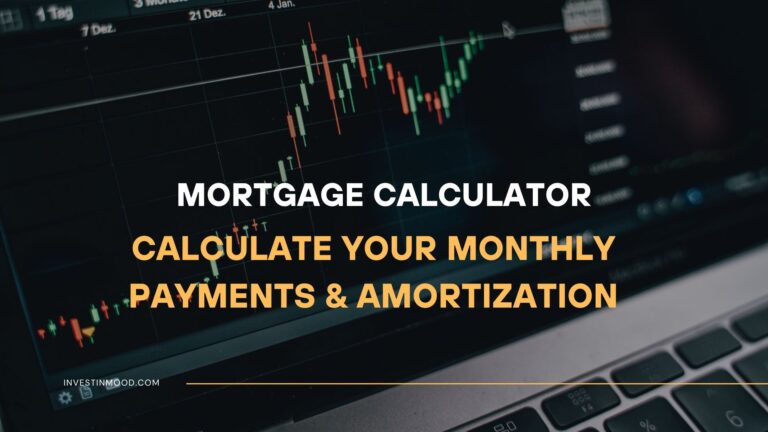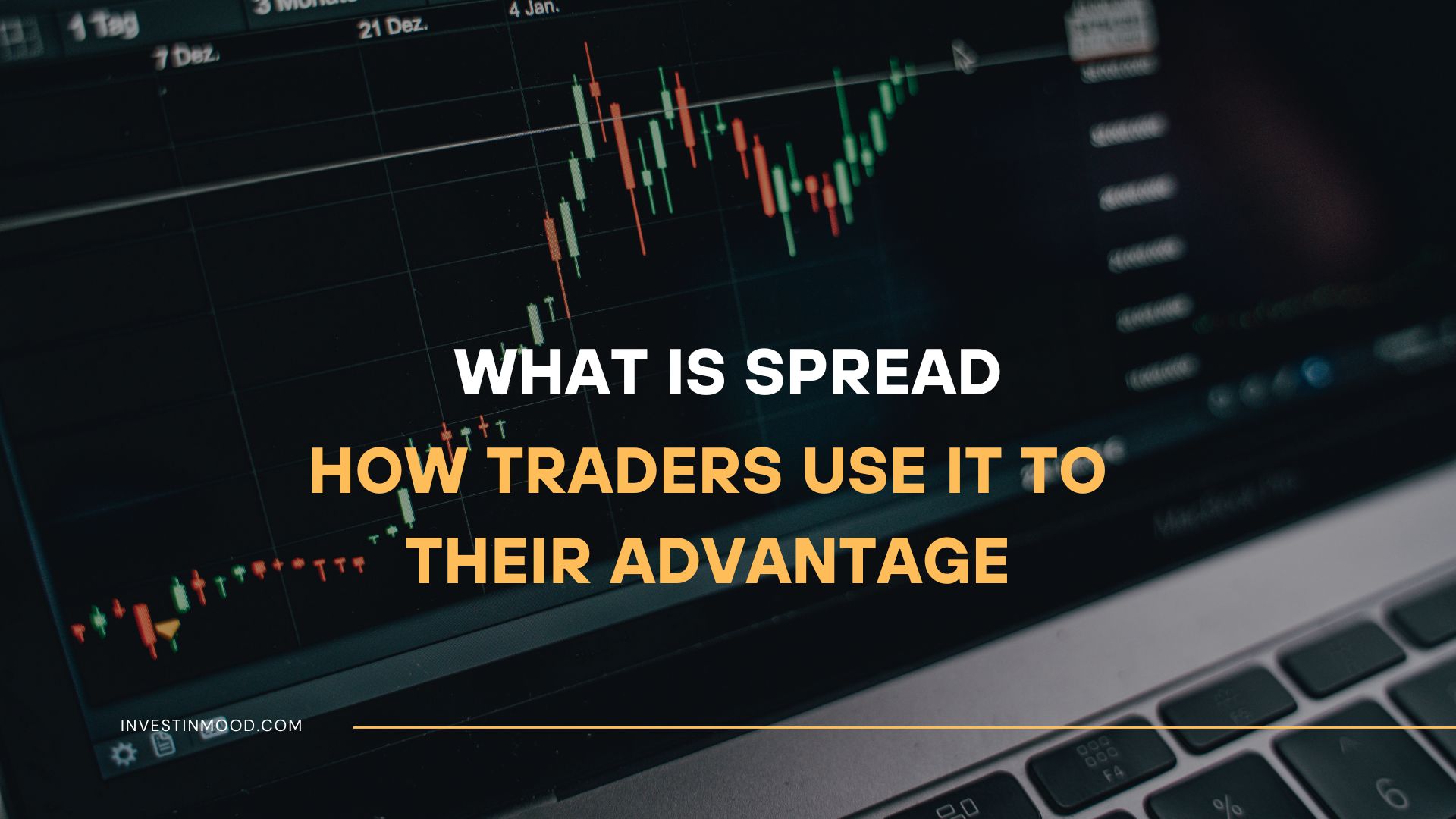
Spread What It Is and How Traders Use It to Their Advantage
In finance, a “spread” is the difference between two prices, rates, or yields. It is a fundamental concept that represents a cost, a profit opportunity, or a measure of risk. For active traders in the US, UK, Canada, and Australia, understanding spreads is as crucial as understanding the price of an asset itself, as it directly impacts profitability and strategy execution on major exchanges like the NYSE, NASDAQ, and LSE.
Summary Table
| Aspect | Detail |
|---|---|
| Definition | The difference between two related financial metrics, such as the bid and ask price of a security. |
| Also Known As | Bid-Ask Spread, Yield Gap, Price Difference. |
| Main Used In | Stock Trading, Forex, Options Trading, Bond Markets, Credit Analysis. |
| Key Takeaway | A spread can represent a transaction cost (bid-ask), a trading strategy (options spread), or a risk indicator (credit spread). |
| Formula | Spread = Higher Value – Lower Value (context-dependent). |
| Related Concepts |
What is a Spread
At its core, a spread is simply a gap. In the financial world, this gap is measured between two numbers that are intrinsically linked. Think of it like the margin on a product you sell. If you buy a widget for $10 (your cost) and sell it for $15 (the price), your spread or profit margin, is $5. Financial markets operate on a similar principle, but the context changes what the spread signifies.
Key Takeaways
The Core Concept Explained
The meaning of a spread is entirely context-dependent. It primarily measures one of three things:
- Cost: The bid-ask spread is the cost of instantly entering and exiting a trade.
- Risk: The yield spread between a corporate bond and a government bond reflects the extra risk of the corporate issuer.
- Opportunity: An options trader can create a spread strategy to limit both potential profit and loss simultaneously.
A high or low value sends different signals. In the bid-ask context, a low (tight) spread is good for traders (lower cost). In the yield context, a high (wide) spread can be attractive to investors seeking higher returns for accepting more risk.
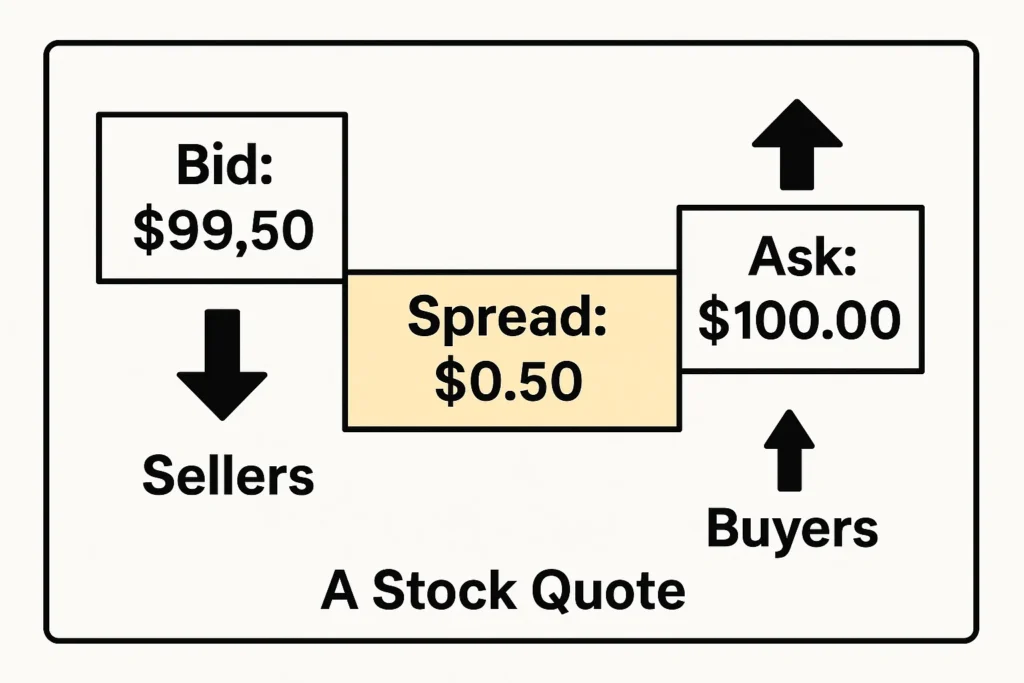
How to Calculate a Spread
The general formula is straightforward: Spread = Higher Value – Lower Value. The complexity lies in identifying which two values to subtract.
Step-by-Step Calculation Guide
The components change based on the type of spread. Let’s break down the two most common ones.
Example 1: Calculating the Bid-Ask Spread
This is the most direct calculation for traders.
- Input Values: Bid Price = $150.00, Ask Price = $150.10
- Calculation: Spread = Ask Price – Bid Price = $150.10 – $150.00 = $0.10
- Interpretation: This $0.10 is the per-share cost of a round-trip trade (buying and immediately selling). It’s often also expressed as a percentage of the mid-price: ($0.10 / $150.05) * 100 ≈ 0.067%.
Example 2: Calculating a Yield Spread
This is crucial for bond investors and economists.
- Input Values: 10-Year US Corporate Bond Yield = 4.5%, 10-Year US Treasury Bond Yield = 4.0%
- Calculation: Spread = Corporate Bond Yield – Treasury Yield = 4.5% – 4.0% = 0.50% (or 50 basis points).
- Interpretation: This 0.50% spread represents the additional compensation investors demand for taking on the credit risk of the corporation over the “risk-free” US government.
Why Spread Matters to Traders and Investors
The spread is not an abstract concept; it has real-world financial implications.
- For Traders: The bid-ask spread is a primary determinant of profitability, especially for high-frequency, scalping, or day trading strategies. A wide spread means a trade starts in a loss and must move significantly just to break even. Tracking changes in spread width can also signal changing market liquidity around news events.
- For Investors: While long-term investors are less impacted by the bid-ask spread, yield spreads are vital. A widening credit spread environment can indicate a looming recession, prompting a shift to safer assets. It’s a key macro-economic indicator.
- For Analysts: Analysts use spreads to compare the relative value and risk of different securities. For example, comparing the yield spreads of two companies in the same industry can reveal which one the market perceives as riskier.
How to Use Spread in Your Strategy
Use Case 1: Minimizing Transaction Costs (All Traders)
Always check the bid-ask spread before placing a trade, especially for small-cap stocks, penny stocks, or during off-market hours. Prioritize highly liquid assets with tight spreads to preserve your capital. For forex traders, choosing a broker with tight EUR/USD spreads is essential.
To start tracking spreads effectively, you need a brokerage platform with real-time data and advanced charting. We’ve reviewed the best platforms for active traders to help you choose.
Use Case 2: Trading Options Spreads (Advanced Traders)
Instead of just buying a call option, a trader might execute a bull call spread. This involves buying a call option at one strike price and selling another call option at a higher strike price. This strategy limits the maximum loss (the net premium paid, which is the spread) and also limits the maximum profit, but it’s cheaper than buying a call outright.
Visual Aid Suggestion 2: Options Spread Profit/Loss Diagram
- Description: A classic P/L diagram for a bull call spread. The X-axis is the underlying asset’s price at expiration. The Y-axis is profit/loss. The graph shows a limited loss area on the left, a profit zone that slopes up, and then a capped profit area on the right.
- Placement: Add in the “Options Spreads” use case to illustrate how the strategy defines risk.
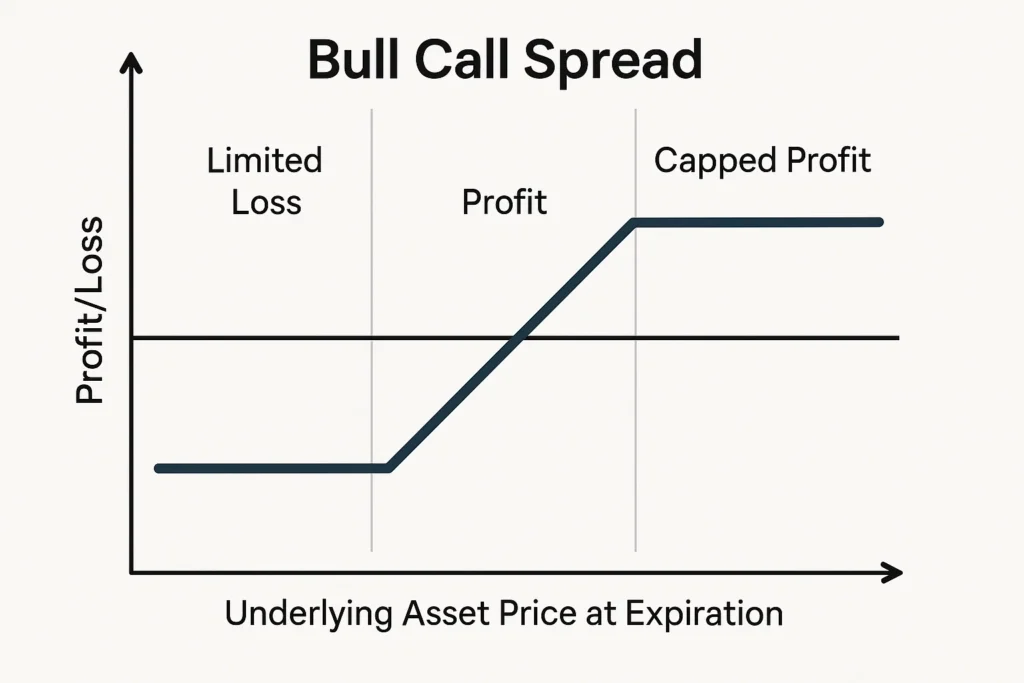
Use Case 3: gauging Market Risk (Investors)
Monitor the High-Yield Bond Spread (the difference between junk bond yields and Treasury yields). When this spread widens significantly, it signals rising fear in the credit markets. A long-term investor might see this as a signal to reduce risk exposure or a potential opportunity to buy high-yield assets at a discount.
- Universal Metric: Provides a standardized way to compare cost, value, and risk across different markets.
- Liquidity Gauge: The bid-ask spread is a real-time indicator of an asset’s liquidity.
- Strategic Flexibility: Allows for sophisticated, defined-risk trading strategies like options spreads.
- Risk Barometer: Credit and yield spreads are powerful indicators of economic health.
- Not a Standalone Tool: A spread should never be used in isolation. It must be combined with other forms of analysis.
- Can Be Misleading: During periods of extreme volatility or low liquidity, spreads can widen dramatically, making historical comparisons less useful.
- Hidden Cost for Beginners: Novice traders often overlook the impact of the bid-ask spread, which can erode profits over time.
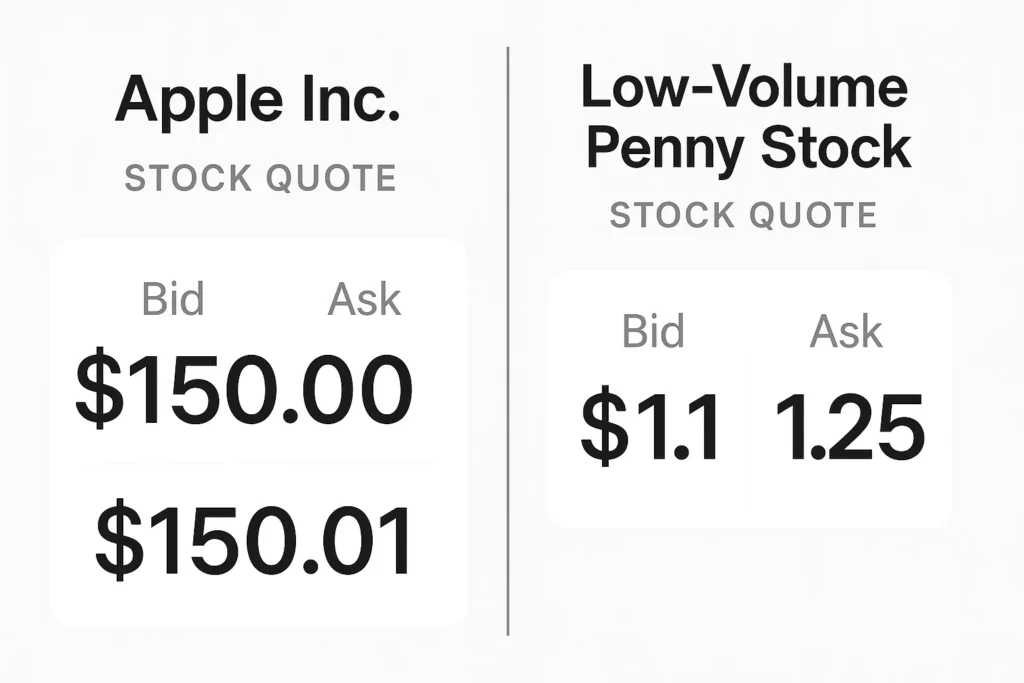
Spread in the Real World: The 2008 Financial Crisis
The 2008 financial crisis is a stark, real-world case study of the predictive power of spreads. Leading up to and during the crisis, the TED Spread became a critical fear gauge.
- What is the TED Spread? It’s the difference between the 3-month London Interbank Offered Rate (LIBOR) and the 3-month U.S. Treasury bill yield. It measures credit risk in the general economy specifically, the perceived risk of banks lending to each other.
- What Happened? In normal times, the TED Spread is relatively low, around 10-50 basis points. As the subprime mortgage crisis unfolded, banks became fearful of each other’s solvency. This caused the TED Spread to explode, peaking at over 450 basis points in October 2008 after the collapse of Lehman Brothers. This widening spread was a clear signal of a severe credit freeze and a lack of trust in the financial system.
Visual Aid Suggestion 3: TED Spread Chart (2007-2009)
- Description: A line chart showing the value of the TED Spread from 2007 to 2009. The line is flat and low in early 2007, begins to rise steadily through 2008, and shows a massive spike in late 2008, before gradually declining in 2009.
- Placement: Add in the “Real-World Example” section to visually show the dramatic widening.
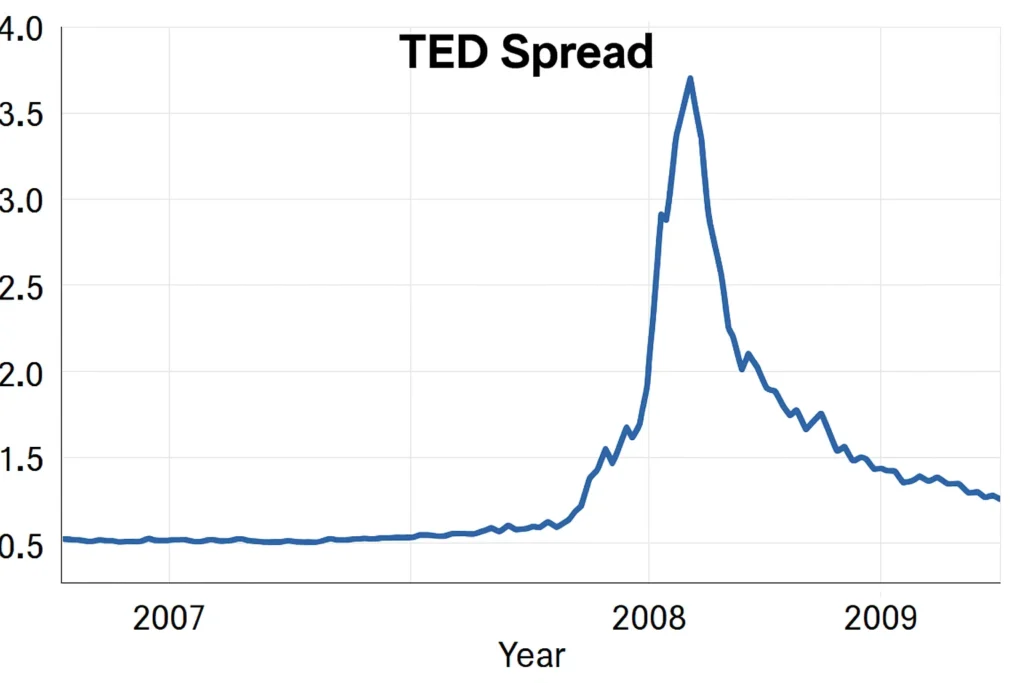
Conclusion
Ultimately, understanding the concept of a spread provides a critical lens for evaluating everything from transaction costs to systemic risk. As we’ve seen, it can be a direct cost like the bid-ask spread, a strategic framework like options spreads, or a macro-economic warning signal like the credit spread. While a powerful and versatile tool, it’s not infallible and should be used in conjunction with other technical and fundamental analysis. By consciously incorporating an analysis of spreads into your overall strategy, you can make more informed, cost-effective, and data-driven financial decisions. Start by simply observing the bid-ask spreads on your brokerage’s platform for different assets.
Ready to trade in markets with competitive spreads? The right broker makes all the difference. We’ve meticulously reviewed and ranked the best online brokers for low fees and tight spreads to help you maximize your returns.
How Spread Relates to Other Concepts
A common point of confusion is the difference between a spread and a commission.
| Feature | Spread | Commission |
|---|---|---|
| What it is | The inherent difference between the bid and ask price set by the market. | A separate, fixed or per-share fee charged by the broker for executing a trade. |
| Who Pays It | All traders, as it’s built into the market price. | The client directly to the broker. |
| Primary Use | Covers the market maker’s profit and operational risk. | Compensates the broker for their service. |
Related Terms
- Bid-Ask Price: The two prices that form the most fundamental spread.
- Liquidity: Tight spreads are a direct result of high liquidity.
- Options Strategies: Many advanced options strategies, like iron condors or butterflies, are based on constructing spreads.
- Bond Yield: The foundation for calculating yield and credit spreads.
Frequently Asked Questions
Recommended Resources
- U.S. Securities and Exchange Commission (SEC) – Investor Bulletin on Understanding Trading
- Investopedia – Bid-Ask Spread Article
- Federal Reserve Economic Data (FRED) – Database for tracking historical yield spreads.
How did this post make you feel?
Thanks for your reaction!
